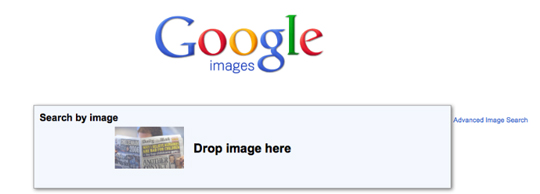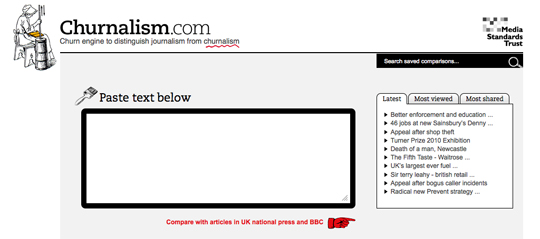First journalists fell for made-up stories sent out by a fake PR to highlight to practice of churnalism, now news outlets – including the BBC, Daily Mail and Telegraph – have published a hoax story that users of Internet Explorer 6 are dumb.
Here are five questions journalists should ask themselves in order to avoid falling for a hoax.
1. Does the story sounds possible? Journalists ask questions and should look at data with a critical eye. If presented with a press release saying the IE6 users are dumb, ask yourself how likely that really is.
Why do people use the an old version of Internet Explorer? Because they work for firms that do not grant them administrator rights to update software? Because they are less experienced web users and don’t know how to? Because they are older users who are less likely to trust updates and downloads?
2. When was the web domain of the PR company registered? A website such as who.is will give you a date of registration, the address where the site is registered, a company number and server details. (You can click the image below to see the results.)
3. Are the photos ripped from another website? The hoaxer who wrote the “IE6 users are dumb” press release included employee photographs on the fake company website ripped from a legitimate French business.
You can run an image search – or even a reverse image search – by using Google Image Search or TinEye.
4. Does the phone number given on the press release appear elsewhere on the web? Google the phone number on the site or press release.
5. Does the address listed on the website, press release and domain registration exist? Enter the postcode into the Royal Mail address finder.
The hoaxer – a developer called Tarandeep Gill who set up the hoax to highlight his frustrations of people using IE6 – has published the tell-tale signs that should have uncovered the hoax in five minutes
1.The domain was registered on 14 July 2011;
2. The test that was mentioned in the report, “Wechsler Adult Intelligence Scale (IV) test” is a copyrighted test and cannot be administered online;
3. The phone number listed on the report and the press release is the same listed on the press releases/whois of my other websites. A google search reveals this;
4. The address listed on the report does not exist;
5. I copy/pasted most of the material from “Central Test” [the legitimate Paris-based firm] and got lazy to even change the pictures;
6. The website is made in WordPress. Come on now!
7. I am sure, my haphazardly put together report had more than one grammatical mistakes [sic];
6. There is a link to our website AtCheap.com in the footer.
Journalists should also be aware of the “churn engine to distinguish journalism from churnalism“, launched by the Media Standards Trust in February. Click the photo below to go to the churnalism tool, paste the contents of a press release and in cases where more than 20 per cent of an article and press release overlap, the search engine will highlight it as a potential example of ‘churn’ and give you overlap as a percentage.


